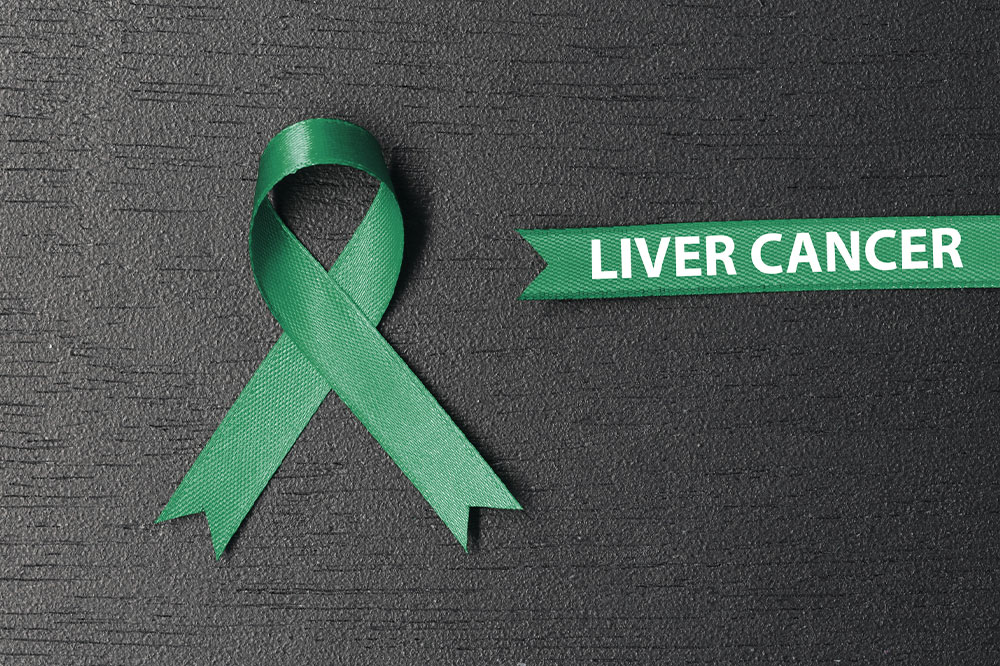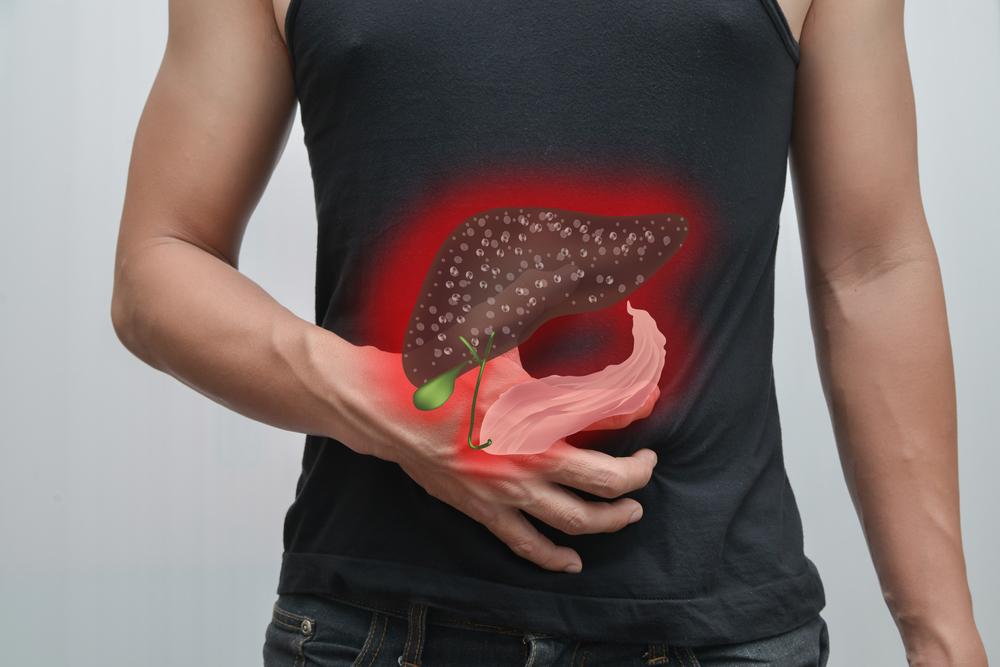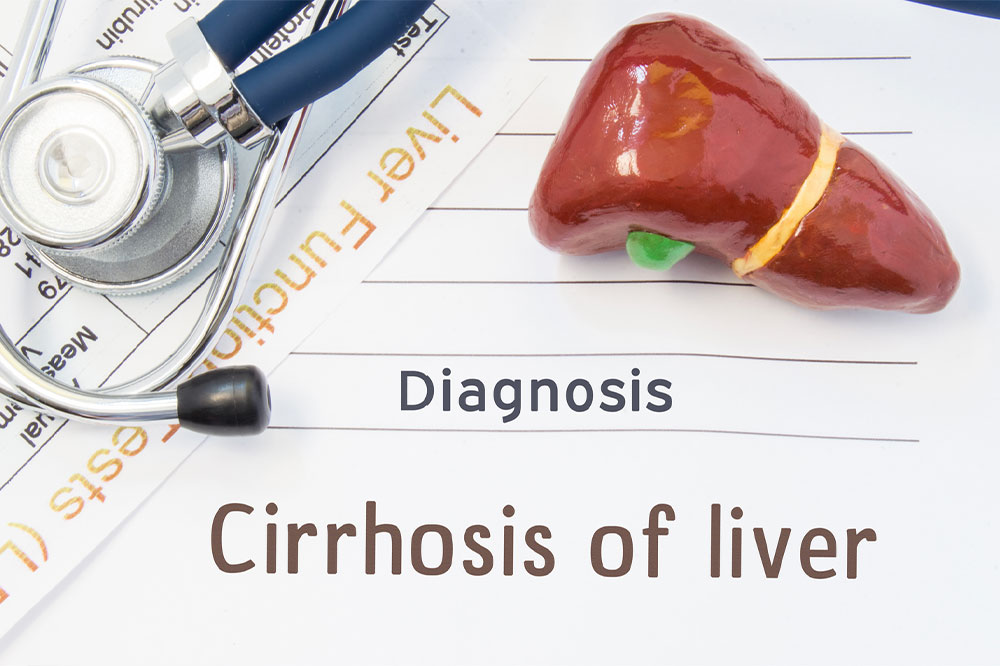Complete Overview of Liver Cancer: Causes, Symptoms, and Modern Treatment Options
This comprehensive guide provides detailed insights into liver cancer, including its causes, symptoms, and the latest treatment options. Learn how early detection and lifestyle choices can influence outcomes. Discover the significant risk factors like hepatitis infections, cirrhosis, and lifestyle habits. Explore effective treatments such as surgery, transplantation, targeted therapy, and emerging approaches like immunotherapy. Emphasizing prevention and early diagnosis, this article helps readers understand the importance of regular screenings, especially for high-risk groups, to improve prognosis and quality of life.

Complete Overview of Liver Cancer: Causes, Symptoms, and Modern Treatment Options
Liver cancer, also known as hepatic cancer, signifies the uncontrolled proliferation of abnormal cells within the liver tissue. This serious condition can originate within the liver itself or spread from other parts of the body, such as the colon, lungs, or breast, in a process called metastasis. Among the various types of liver cancers, hepatocellular carcinoma (HCC) is the most common, accounting for the majority of cases and standing as the second leading cause of cancer-related mortality worldwide. Less common forms include hepatoblastoma, primarily affecting children, and intrahepatic cholangiocarcinoma, originating in the bile ducts inside the liver.
Detecting liver cancer early can be challenging because it often develops silently without noticeable symptoms. In many cases, symptoms tend to emerge only during advanced stages, making timely diagnosis critical yet difficult. An identifiable physical sign of the disease is a lump or swelling in the upper abdomen, often accompanied by an increase in liver size, which can become palpable. Patients might experience a range of symptoms as the cancer advances, including jaundice (yellowing of the skin and eyes), persistent abdominal pain, nausea, vomiting, back pain, itching, and fever. Over time, weight loss and loss of appetite become more prominent, and the liver often enlarges visibly or can be felt during physical examinations. In severe cases, the cancer can metastasize to surrounding organs such as the gallbladder or even distant parts of the body, complicating treatment and prognosis.
Causes and Risk Factors of Liver Cancer
Understanding the root causes of liver cancer is crucial for prevention and early detection. A primary cause involves long-term infection with hepatitis B (HBV) and hepatitis C (HCV) viruses. These viruses can cause chronic liver inflammation, leading to DNA damage within liver cells, which increases the likelihood of malignant transformation. Persistent viral infections often result in cirrhosis, a condition characterized by scarring of the liver tissue, which significantly elevates the cancer risk. Besides viral hepatitis, other risk factors include liver cirrhosis caused by alcohol abuse, non-alcoholic fatty liver disease (NAFLD), and exposure to environmental toxins.
Individuals suffering from metabolic conditions such as diabetes and obesity are at heightened risk due to their association with liver inflammation and fat buildup. Additionally, excessive alcohol consumption remains a significant contributor to liver damage and subsequent cancer development. The confluence of these factors creates an environment conducive to gene mutations, cellular abnormalities, and tumor growth, underscoring the importance of managing risk factors for prevention.
Recognition and Symptoms of Liver Cancer
Early-stage liver cancer often remains asymptomatic, which complicates diagnosis at an initial phase. However, as the tumor enlarges, patients may notice several signs indicative of advancing disease. Common symptoms include jaundice (yellowing of the skin and sclerae), unexplained abdominal discomfort or pain, particularly in the upper right quadrant, and general fatigue. Nausea and vomiting are also frequently reported. Back pain may occur if the tumor presses on surrounding nerves or tissues. Itching and persistent fever can be additional signs of underlying liver pathology. In the later stages, patients may experience significant weight loss, loss of appetite, and a feeling of fullness or bloating in the abdomen. For some, a palpable mass may be detected, and liver enlargement may be apparent through physical examination. If the cancer spreads to other organs, symptoms related to those sites may become evident, complicating treatment.
Modern and Effective Treatments for Liver Cancer
When it comes to managing liver cancer, treatment options depend heavily on the stage of the disease, the patient's overall health, and underlying liver function. Surgical resection, involving partial removal of the affected liver tissue, remains the primary treatment for localized tumors with good liver function. For patients with extensive tissue damage or unresectable tumors, a liver transplant may be the most effective option, offering the potential for a cure by replacing the diseased liver with a healthy donor organ. Beyond surgical approaches, several non-invasive and adjunct therapies are available.
Targeted drug therapies, such as sorafenib and lenvatinib, are designed to inhibit specific molecules involved in tumor growth and angiogenesis. These treatments can prolong survival and improve quality of life. Radiation therapy, while less commonly used, can help control symptoms or treat tumors that cannot be surgically removed. Chemotherapy is typically less effective for liver cancer but may be employed in palliative care to alleviate symptoms and improve patient comfort.
Emerging treatments, including immunotherapy and stereotactic body radiation therapy (SBRT), are showing promise in clinical trials. These innovations aim to boost the body's immune response to cancer cells or precisely target tumors with high doses of radiation, minimizing harm to surrounding healthy tissue. Early detection remains critical; hence, regular screening in high-risk populations—such as those with chronic hepatitis infection or cirrhosis—is vital for catching the disease early and increasing the likelihood of successful treatment.
Preventive measures also play a key role in reducing liver cancer risk. Vaccination against hepatitis B, antiviral therapies for hepatitis C, lifestyle modifications like limiting alcohol intake, maintaining a healthy weight, and avoiding exposure to environmental toxins are all recommended strategies.





